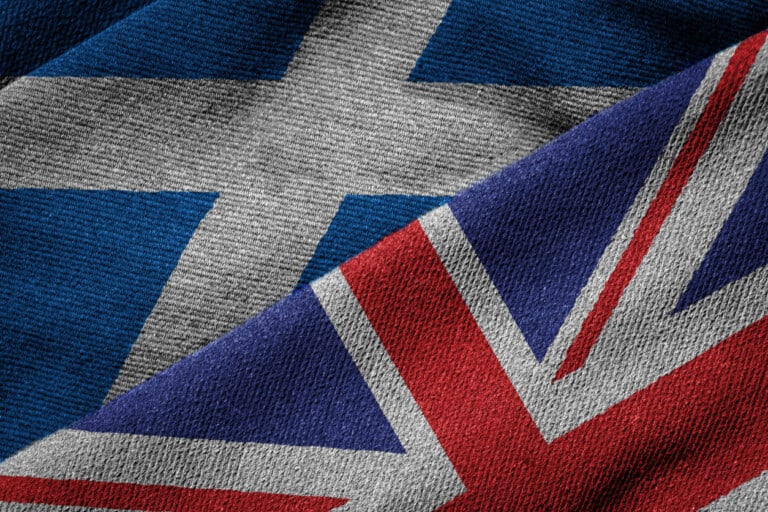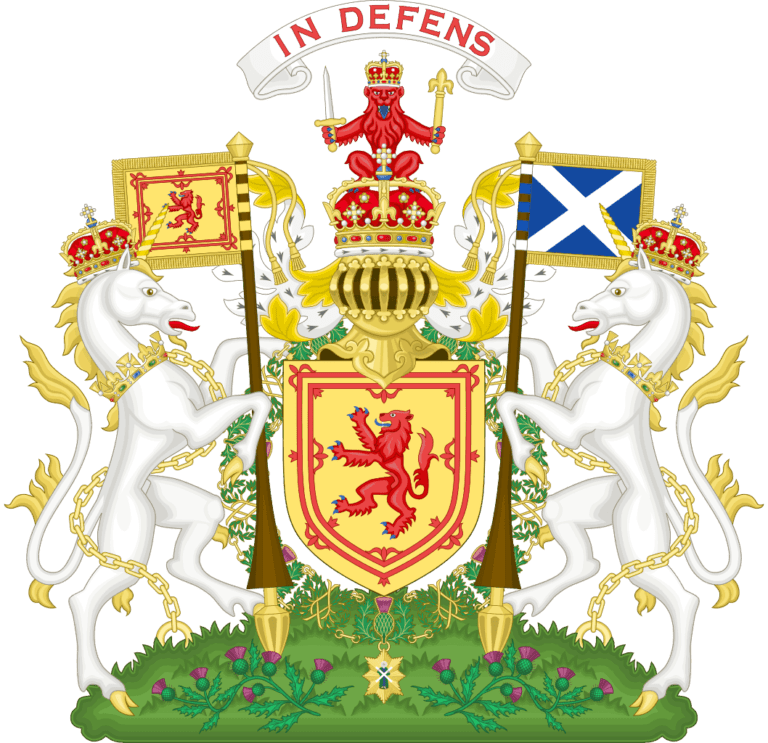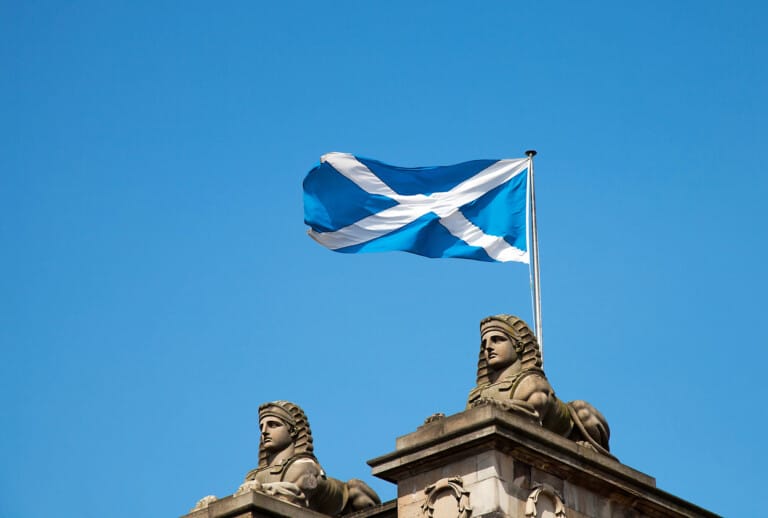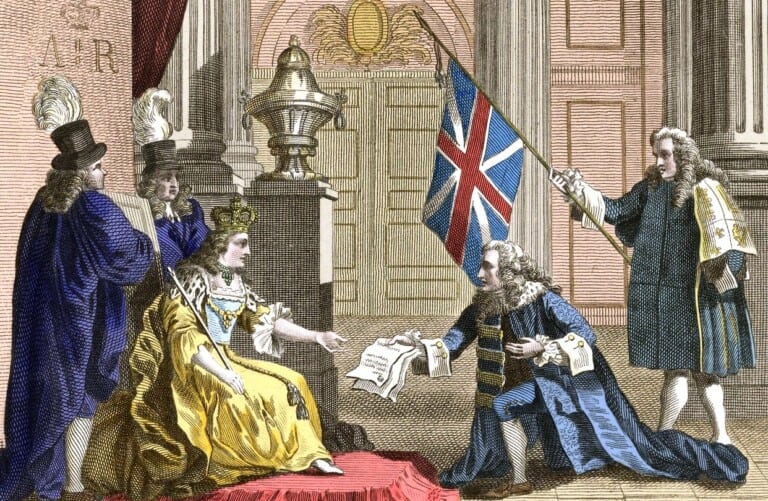Scottish Independence Referendum, 2014
In August 2009 the SNP announced a Referendum Bill would be included in its package of bills to be debated before Parliament in 2009–10, to hold a referendum on the issues of Scottish independence in November 2010.
The bill did not pass due to the SNP’s status as a minority administration, and due to the initial opposition to the Bill from all other major parties in the Scottish Parliament.
Following the Scottish Parliament general election, in 2011 the SNP had a majority in parliament and again brought forward an Independence Referendum Bill.
The Scottish Government also suggested that full fiscal autonomy for Scotland (known as “devo-max”) could be an alternative option in the vote.
The negotiation of the Edinburgh Agreement (2012) resulted in the UK government legislating to provide the Scottish Parliament with the power to hold the referendum.
The “devo-max” option was not included, however, as the Edinburgh Agreement stipulated that the referendum had to be a clear binary choice between independence or the existing devolution arrangements.
The Scottish Independence Referendum (Franchise) Act 2013 was passed by the Scottish Parliament and campaigning commenced. Two days before the referendum was held, with polls very close, the leaders of the three main UK political parties made “The Vow”, a public pledge to devolve “extensive new powers” to the Scottish Parliament if independence was rejected. They also agreed to a devolution timetable proposed by Gordon Brown.
After heavy campaigning by both sides, voting took place on 18 September 2014. Independence was rejected by a margin of 45% in favour to 55% against.



